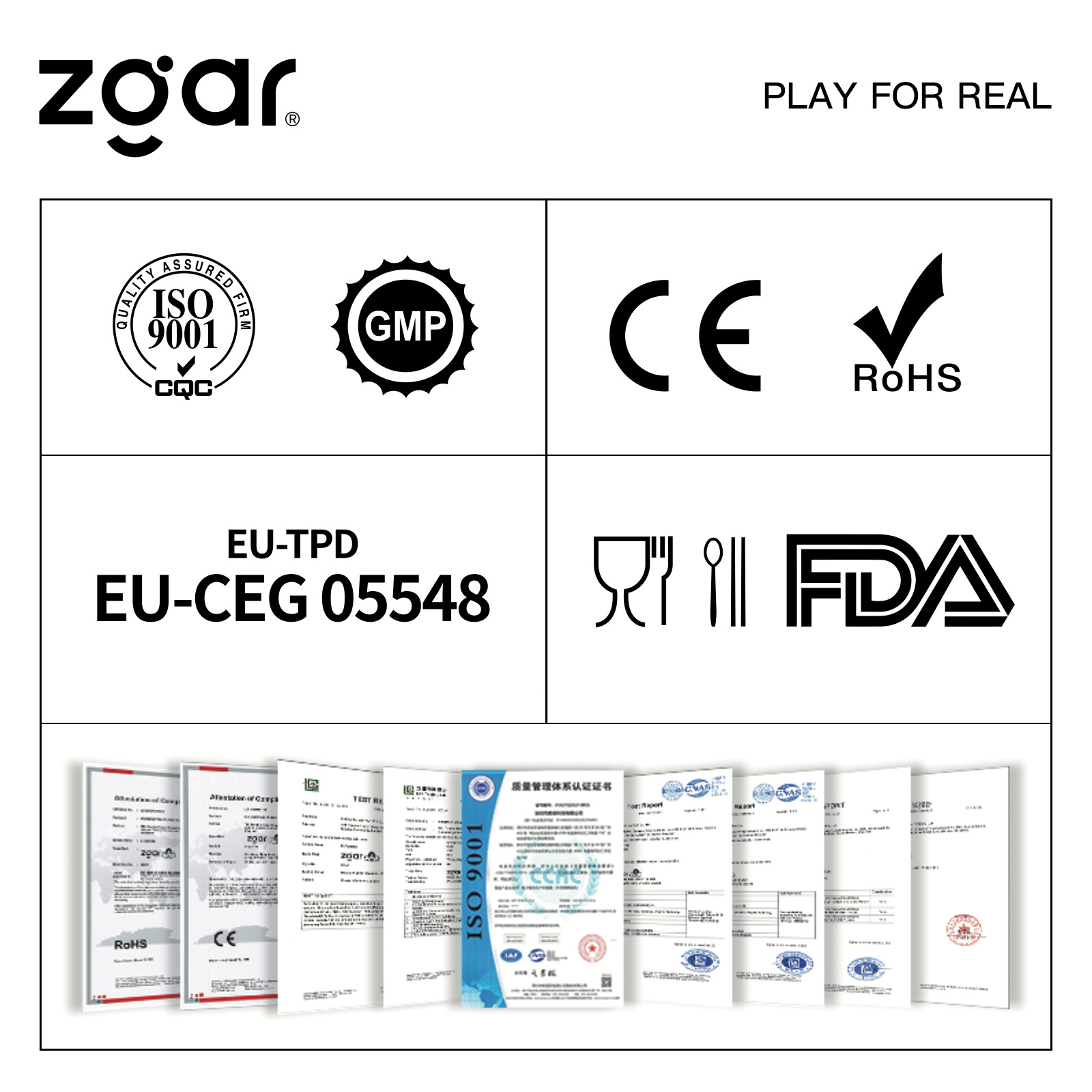Determination of total nickel in ―, nickel sulfate and nickel chloride
1. Method summary
In an alkaline solution, nickel forms a stable complex with EDTA, and ammonium leurum is used as an indicator. The reaction is as follows:

2. Reagent
(1) Standard 0.05 mol EDTA solution;
(2) buffer solution (pH = 10): dissolve 54g ammonium chloride in water, add 350mL ammonia water (d = 0.89) and dilute to 1L with water;
(3) Ammonium violet urea indicator.
3. Analysis method
Take 10 mL of the analytical plating solution in a 100-volume flask, dilute to the mark with water, and shake well. Pipette 10 mL of this dilution into a 250 mL Erlenmeyer flask, add 80 mL of water, 10 mL of buffer solution, add a little indicator of ammonium urate, and titrate with standard 0.05 mol EDTA until the orange color turns purple.

2. Determination of chloride ion content in nickel chloride
1. Method summary
Chloride ion and silver nitrate quantitatively produce white silver chloride precipitate, using potassium chromate as indicator, the reaction formula is as follows:

2. Analysis method
Pipette 10 mL of the plating solution into a 100 mL volumetric flask, dilute to the mark with water, and shake well. Pipette 10 mL of this dilution into a 250 mL Erlenmeyer flask (if the total amount of Ni2+ has been diluted, the dilution can be directly aspirated). Add 50 mL of water and 2 to 5 drops of 1% potassium chromate solution, and titrate with 0.1 mol of standard silver nitrate until the white precipitate formed by the last drop of silver nitrate is slightly reddish.
Third, the determination of boric acid
1. Method summary
Boric acid is a weak weak acid and cannot be titrated directly with alkali. However, polyhydroxy-containing organic compounds such as glycerin, mannitol and invert sugar can form strong complexes with boric acid, and can be titrated with alkali and phenolphthalein as an indicator.
2. Reagent
(1) glycerin mixture: 60 g of sodium citrate is dissolved in a small amount of water, adding 600 mL of human glycerin, plus 2 g of phenolphthalein (dissolved in a small amount of warm ethanol), diluted with water to 1 L.
(2) Standard 0.1 mol sodium hydroxide solution.
3. Analysis method
Pipette 10 mL of the diluent into a 250 mL Erlenmeyer flask, add 10 mL of water, add 25 mL of glycerol mixture, and titrate with 0.1 mol of standard sodium hydroxide until the solution turns from pale green to grayish blue.
Note : The end point number is light green - gray blue - purple. For example, the gray-blue endpoint is not easy to control, and can be dropped to the magenta and the excess milliliters (about 0.2 mL) is subtracted.
ZGAR GenkiIppai Pods 5.0
ZGAR electronic cigarette uses high-tech R&D, food grade disposable pod device and high-quality raw material. All package designs are Original IP. Our designer team is from Hong Kong. We have very high requirements for product quality, flavors taste and packaging design. The E-liquid is imported, materials are food grade, and assembly plant is medical-grade dust-free workshops.
From production to packaging, the whole system of tracking, efficient and orderly process, achieving daily efficient output. WEIKA pays attention to the details of each process control. The first class dust-free production workshop has passed the GMP food and drug production standard certification, ensuring quality and safety. We choose the products with a traceability system, which can not only effectively track and trace all kinds of data, but also ensure good product quality.
We offer best price, high quality Pods, Pods Touch Screen, Empty Pod System, Pod Vape, Disposable Pod device, E-cigar, Vape Pods to all over the world.
Much Better Vaping Experience!


ZGAR GenkiIppai 5.0 Pods,ZGAR GenkiIppai Pods 5.0,ZGAR GenkiIppai Pods 5.0 Pod System Vape,ZGAR GenkiIppai Pods 5.0 Disposable Pod Vape Systems, Japanese culture style
ZGAR INTERNATIONAL(HK)CO., LIMITED , https://www.zgarette.com
